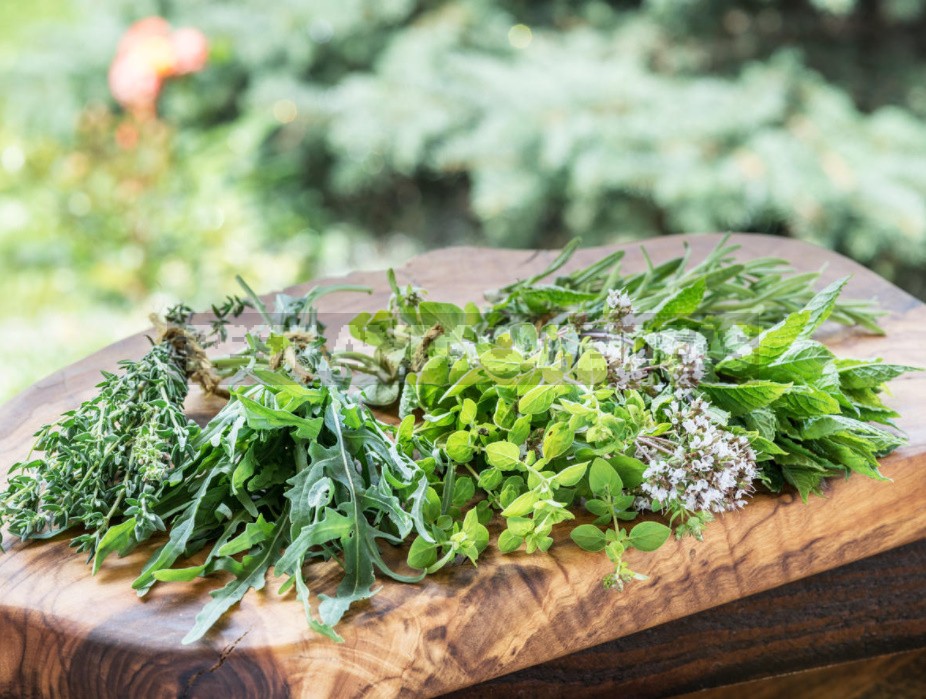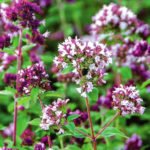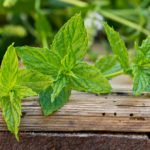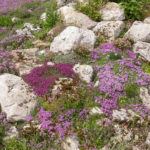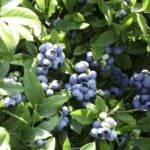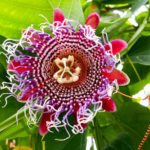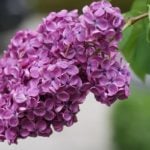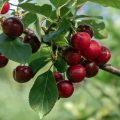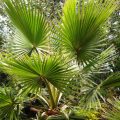It’s time to talk about medicinal herbs that can be used without fear of side effects. There are not so many of them, but they all grow next to us and are probably available to every summer resident.
Stellaria
An annoying weed, well known to most owners of suburban plots, will soon begin to tighten the soil on the beds and in the flower beds with a green carpet. This plant is not called Stellaria for nothing: it does not tolerate drought and prefers to grow in damp places, on well-moistened soil.
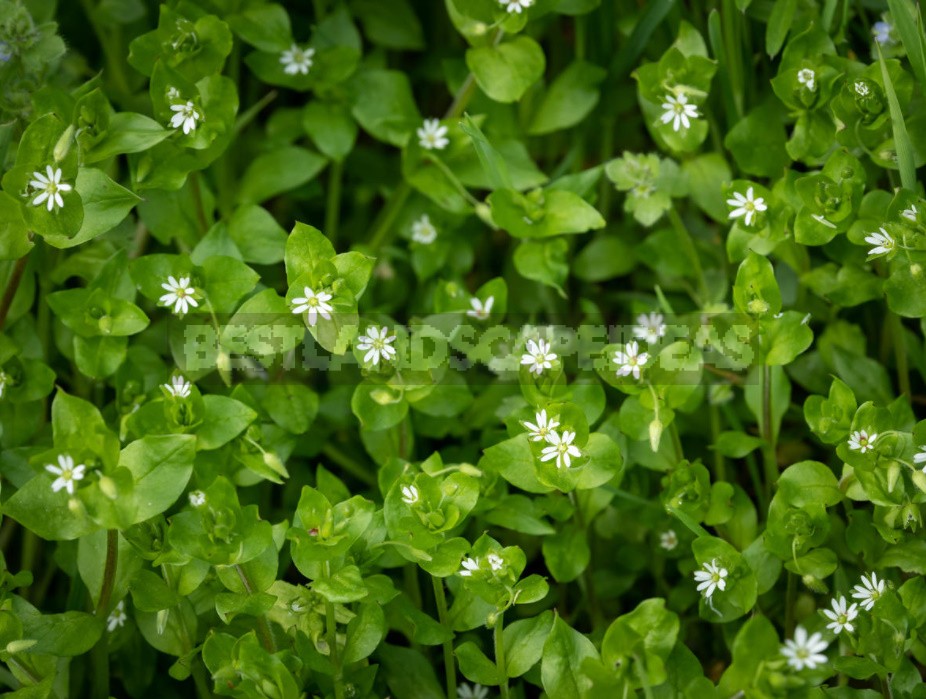
In folk medicine, the herb Stellaria is used as an analgesic, anti-inflammatory, hemostatic, antiseptic. Due to the high content of ascorbic acid and the presence of carotene in the plant, the fresh herb Stellaria is also used as a vitamin remedy; in the spring it is very useful to add it to salads.
Infusions and decoctions of woodlice are used as an external remedy for skin diseases, abrasions, acne. A foot bath with a decoction of this plant helps to get rid of edema, and a bath with an infusion or decoction of grass has a mild calming effect. The porridge from the Stellaria brewed with boiling water is used for joint diseases, sciatica (applied to the affected area).
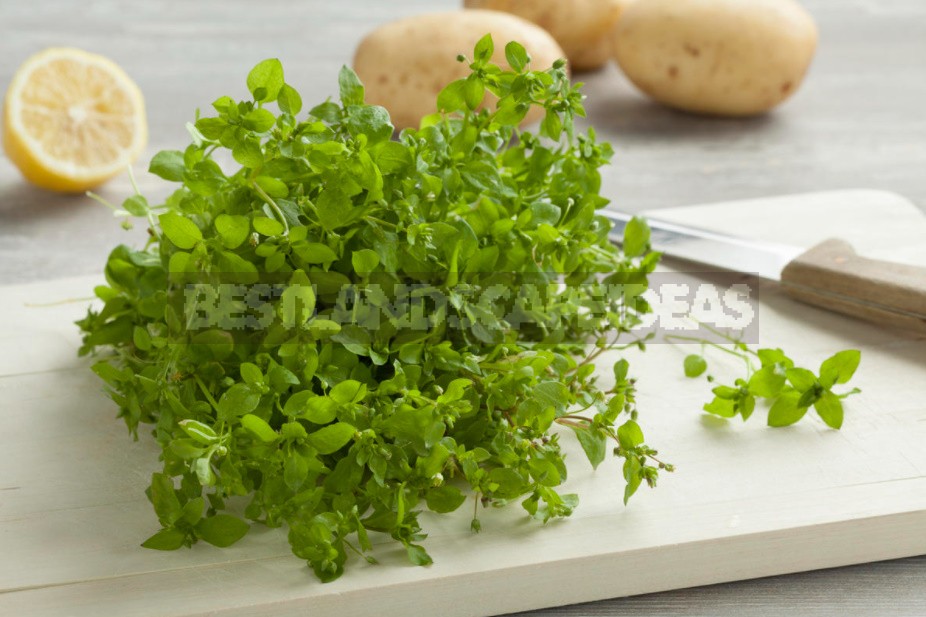
For internal use, infusions and juice from fresh herbs are prepared. They have a beneficial effect on the cardiovascular and nervous system, help to reduce blood pressure; traditional medicine also uses these drugs in the treatment of liver and gallbladder diseases, metabolic disorders.
Opinions differ regarding the preparation of medicinal raw materials: some practitioners believe that Stellaria grass can be harvested during flowering and dried at a temperature not higher than + 40 degrees, while others insist that the healing properties are preserved only in a fresh plant, and use it fresh during the season or (less often) fermented for the winter as a vitamin supplement.
Pulmonaria
In folk medicine, mainly two types are used, which are quite similar in terms of the content of useful compounds (and, accordingly, in their healing properties): Pulmonaria officinalis and Pulmonaria obscura. The first is mainly a European species.
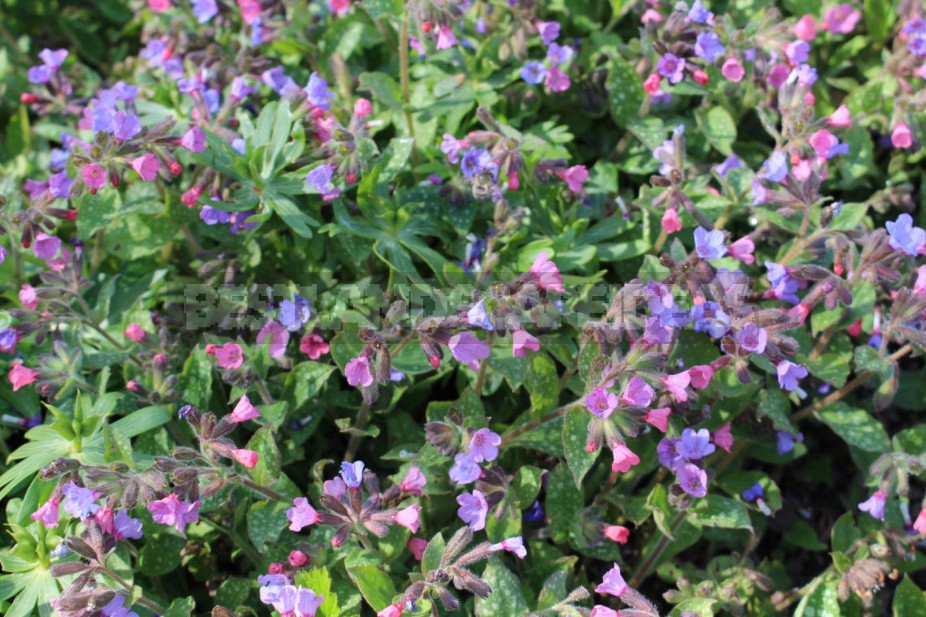
Pulmonaria belongs to the Boraginaceae family, but unlike its other representatives, this plant practically does not contain alkaloids “responsible” for various side effects of plant raw materials, and therefore there are no contraindications to the use of Pulmonaria to date.
The raw material is grass, which is harvested during flowering. Please note that this should be done only with the use of scissors or pruning shears: tearing off the shoots, you can damage the plant and cause its death.
Folk medicine uses infusions, decoctions and a partner of the herb Pulmonaria for various diseases of the respiratory tract. The plant has a pronounced expectorant, emollient, as well as anti-inflammatory, antiseptic, enveloping, wound healing effect; in addition, it is considered an effective remedy for gastrointestinal diseases.
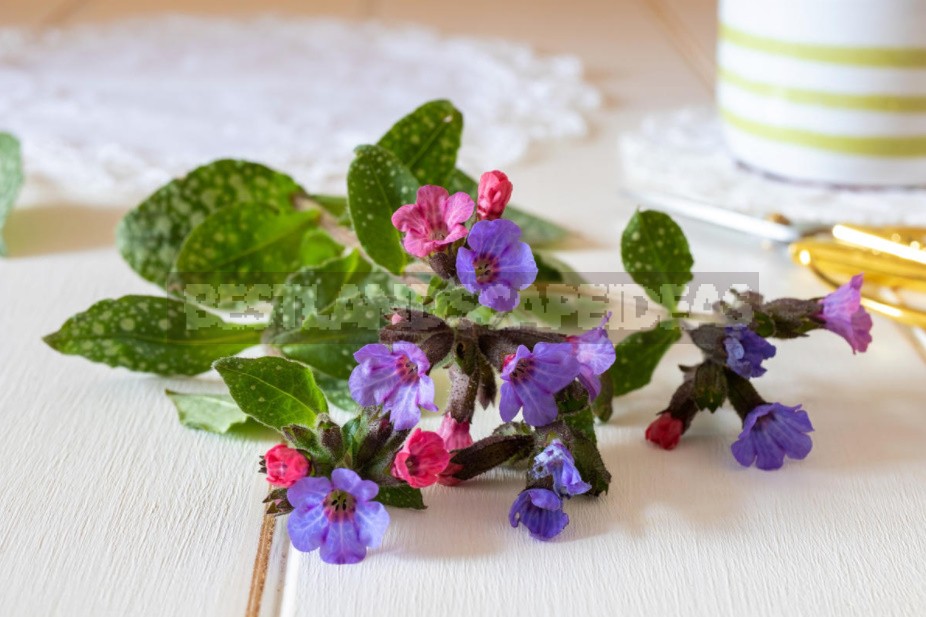
Externally, Pulmonaria is used to treat various inflammations of the skin and mucous membranes; fresh juice from the herb is recommended to be rubbed into the scalp to strengthen and improve hair growth, and a pulp of leaves is applied to purulent wounds.
Finally, the high content of vitamin C in the leaves allows you to use Pulmonaria as a vitamin supplement in food. It is known that in some European countries this plant is even grown as a salad crop.
Pulmonaria is also a popular ornamental plant, which is valued not only for its early flowering, but also for its attractive variegated foliage.
Aegopodium podagraria
This widespread and very annoying weed probably does not need a special introduction. Medicinal properties are possessed by the aboveground part of the plant, harvested during flowering, and the roots that are dug out when Aegopodium podagraria blooms. Fresh leaves with petioles are used in spring as vitamin raw materials — in the form of salads and herbal infusions. In addition, soups are cooked from them, they are added to vegetable side dishes and meat dishes (as a seasoning), they are prepared for the winter (the leaves are fermented, the petioles are marinated).

Aegopodium herb has anti-inflammatory, analgesic, wound healing, weak diuretic effect, has a beneficial effect on digestion, stimulates the liver and gastrointestinal tract, promotes normalization of salt metabolism.
Externally, decoctions of herbs or roots, as well as grass steamed with boiling water, are often used for gout, joint pain, diathesis, skin diseases.
Filipendula ulmaria
The time of meadowsweet will come at the height of summer, when fluffy creamy-white inflorescences with a strong pleasant honey aroma will appear on damp and swampy lowlands, along small rivers and on wet meadows.
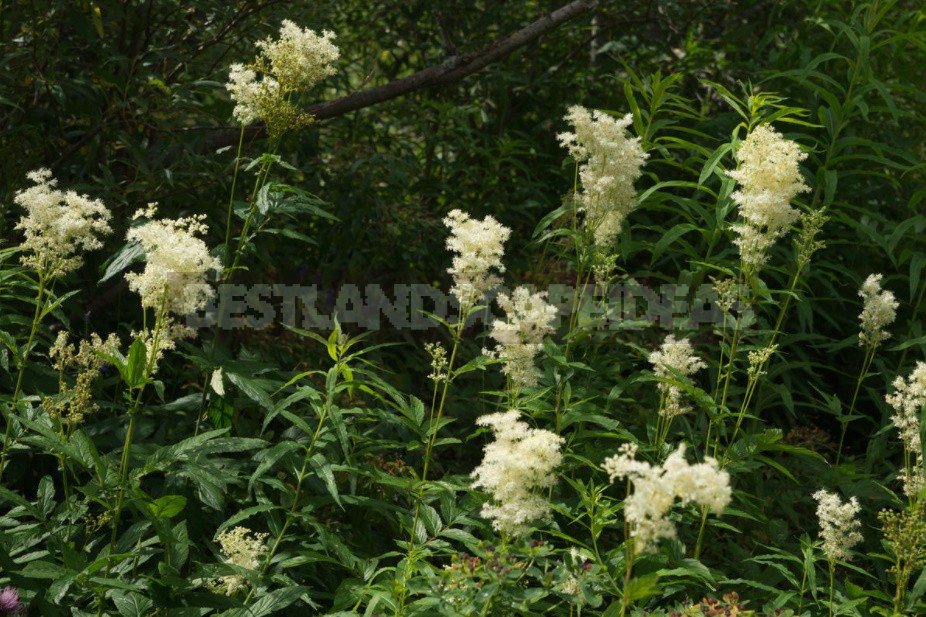
This plant has a tonic, antipyretic, bactericidal, anti-inflammatory, diuretic effect; scientific studies have also confirmed the immunomodulatory and antitumor properties of Filipendula preparations. Herbal infusion is used to reduce the acidity of gastric juice and fight heartburn; tincture of flowers-as an antiviral agent.
Folk medicine uses Filipendula for colds (as an antipyretic and anti-inflammatory), gout and arthritis (both internally and externally-in the form of compresses), kidney diseases, inflammation of the bladder.
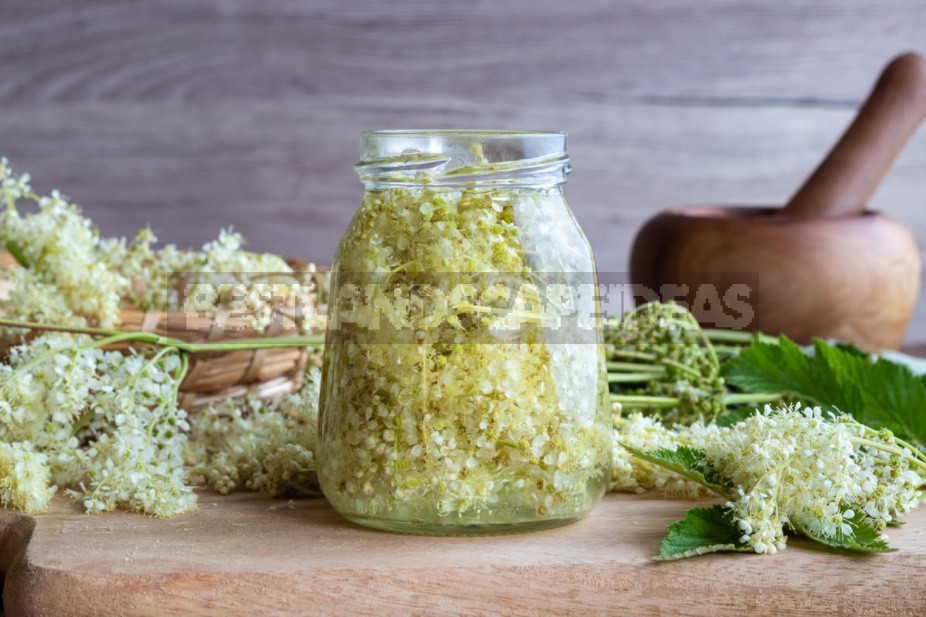
Among other things, fragrant Filipendula can be brewed and drunk as tea or added to various herbal tea collections — both tasty and useful.
Atriplex patula
Atriplex has long been used not only as a medicinal plant, but also as a food crop; there are even garden red-leaved varieties that are grown as a salad and an ornamental plant. You can also eat Atriplex seeds.
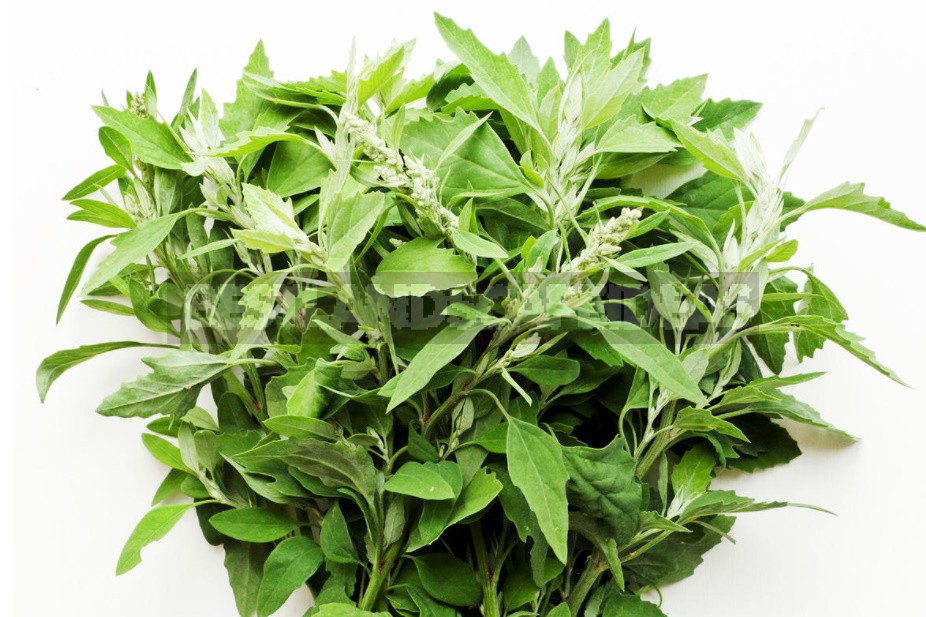
Due to the high fiber content, Atriplex leaves are considered a good natural sorbent and are recommended for cleansing the gastrointestinal tract from toxins and normalizing digestion. For food purposes, the leaves can be collected all summer; the seeds are harvested after ripening, and as medicinal raw materials, the grass is collected during flowering.
Traditional medicine uses Atriplex herb as an expectorant, anti-inflammatory, mild sedative and analgesic. Externally, fresh leaves are applied to abrasions and cuts, and a decoction is gargled with a sore throat. Poultices and lotions with quinoa are used in the treatment of hemorrhoids and itching of the skin.
In spring, in addition, it is useful to harvest buds, and then black currant leaves, wheatgrass rhizomes, burdock roots, pine buds. This vegetable raw material also has no contraindications, and you can use it to strengthen your health without fear of side effects.
Important warning
It should be borne in mind that the word “safety” in relation to any biologically active chemical compound (and they, in fact, determine the medicinal properties of plants) is used quite conditionally. All these substances — vitamins, essential oils, flavonoids, phytoncides, alkaloids, organic acids, etc. — have one or another effect on the human body and can cause a fairly wide range of reactions.
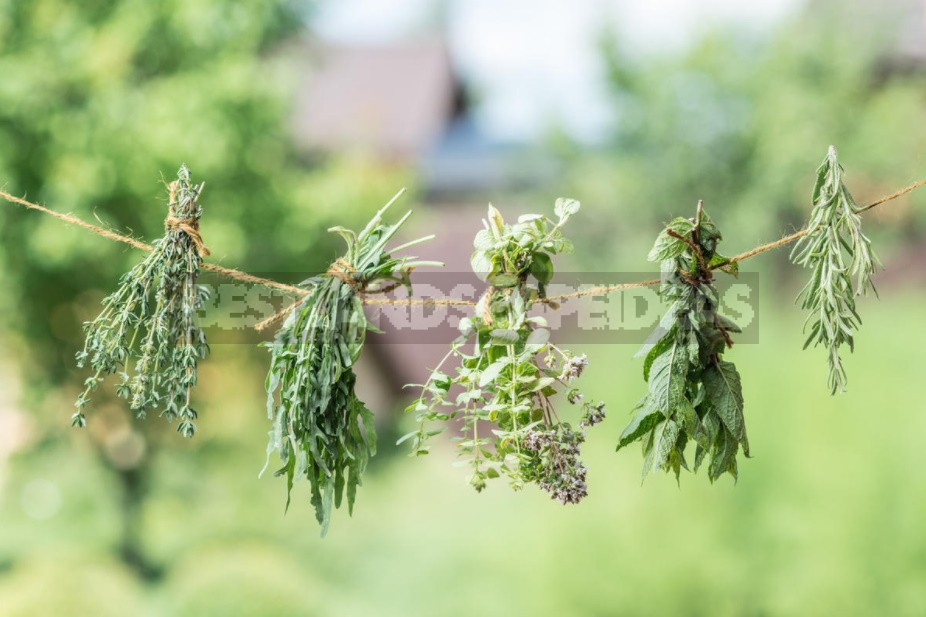
Remember that every human body is individual, and different people may react differently to the use of the same remedy. In addition, self-preparation of medicinal products from raw materials collected by yourself, as a rule, does not guarantee that you will get an extract that absolutely has the desired properties — this is the fundamental difference between traditional medicine and pharmacological preparations containing strictly defined doses of active substances.
Always keep in mind that improper preparation or excessive use of any herbal remedy, even if it does not have established side effects and does not have contraindications, can harm your health. Individual intolerance to a particular component of plant raw materials is also possible, so always be careful when using traditional medicine recipes, even if we are talking about the use of plants that are considered safe.
